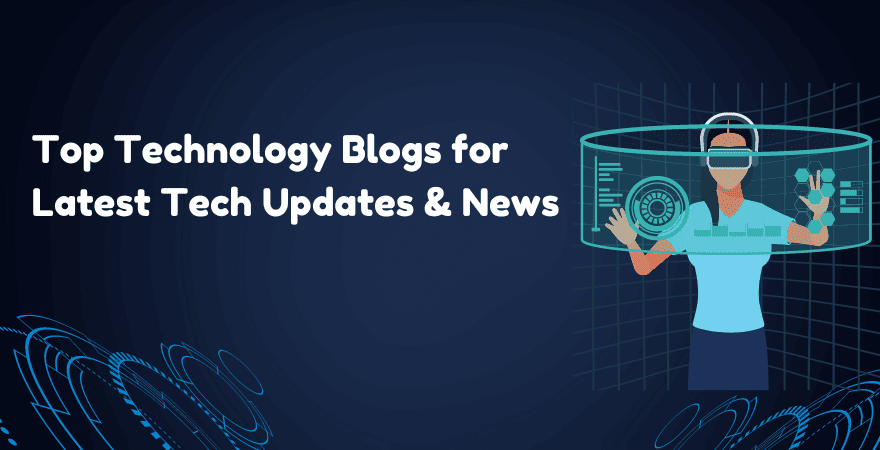Comprehending the Increase of Edge Computer in Today's Digital World
In the swiftly evolving landscape of innovation, edge computing arises as a crucial force, reshaping how information is processed and used. By transitioning information management closer to the resource, side computer addresses essential latency problems while enhancing transmission capacity use and boosting protection steps.
What Is Edge Computing
Side computer, although a fairly recent innovation in the realm of technology, basically changes just how data is refined and managed by bringing calculation and information storage closer to the area where it is required. Unlike conventional cloud computing designs, which commonly count on centralized data facilities that can be geographically far-off, edge computing decentralizes data handling. This proximity decreases latency, enhances real-time data processing, and boosts the general customer experience by making certain quicker reaction times.
At its core, side computing includes a network of local devices and facilities, such as entrances, sensors, and routers, efficient in refining information at or near the resource. This local handling ability is particularly important for applications requiring immediate information evaluation, such as independent vehicles, commercial automation, and wise cities. In addition, by unloading data handling tasks from main web servers, side computer reduces transmission capacity requirements and enhances data privacy and safety, as delicate info can remain on-site instead of passing through considerable networks.

Secret Chauffeurs of Adoption
A number of aspects are moving the adoption of edge computer in today's digital landscape. Side calculating addresses this demand by enabling information handling closer to the data source, reducing latency and improving real-time decision-making abilities.
An additional considerable driver is the need for boosted bandwidth efficiency. Central cloud systems can come to be overloaded with the sheer volume of data created by IoT gadgets, resulting in bottlenecks (Best tech blog). By refining information at the side, organizations can alleviate network blockage and enhance total system performance
Additionally, security and privacy worries are pressing organizations towards side computing. By processing delicate data in your area, companies can minimize risks linked with information transmission and exposure to potential cyber dangers.
The rise of applications calling for real-time processing, such as self-governing automobiles and boosted reality, likewise necessitates the fast feedback times that edge calculating gives. Collectively, these chauffeurs are making edge calculating an indispensable component of modern-day IT framework, leading the way for its extensive fostering throughout numerous industries.
Advantages Over Cloud Computing
Just how does side computing identify itself from conventional cloud you can check here computing? Mainly, edge computing brings data processing closer to the source of data generation, frequently on neighboring servers or neighborhood tools, instead than depending on central information.
In addition, edge computer improves bandwidth effectiveness (Best tech blog). By processing information locally, just the required information is sent to the cloud for further evaluation or storage, minimizing the quantity of data that goes across the network. This not just eases network congestion however additionally reduces information transmission costs
Side computer additionally uses better data personal privacy and protection. Delicate information can be refined in your area without being sent to the cloud, minimizing the direct exposure to possible cyber hazards. This is specifically beneficial for sectors dealing with secret information, such as medical care and monetary services.
Additionally, side computer ensures greater resilience and dependability. Local handling permits continued procedure also when connection to the cloud is compromised, keeping essential features and solutions in spite of prospective network interruptions. These advantages jointly demonstrate my latest blog post side computer's transformative possibility in maximizing performance and protection in digital ecosystems.
Obstacles and Considerations
While edge computing uses countless advantages, it also offers special obstacles and considerations that must be resolved to completely understand its capacity. In addition, handling and checking a decentralized network of side devices can be complex, requiring advanced devices and techniques to make sure smooth procedure and maintenance. Best tech blog.
Another factor to consider is the scalability of edge computer remedies. As the number of linked devices expands, so does the demand for refining power at the edge, which can lead to resource restraints. Organizations must thoroughly intend their facilities to accommodate this growth without compromising performance or efficiency.
Interoperability is one more vital aspect. With numerous equipment and software components involved, guaranteeing compatibility and seamless combination can be difficult. Standardization initiatives are necessary to facilitate communication between disparate systems.
Future Fads in Edge Computing
Expecting the future, side computing is poised to revolutionize different industries by allowing quicker data processing and lowering latency. As the quantity of data produced by IoT devices proceeds to expand, edge computer will certainly end up being progressively important in handling this increase successfully.
One more arising fad is the development of edge-native applications created particularly to leverage the special abilities of edge computing. These applications will certainly enhance performance and source utilization, causing increased efficiency across various fields. Moreover, developments in 5G modern technology will certainly even more reinforce side computer by offering the necessary framework for high-speed, low-latency communication in between tools and side nodes.
Conclusion
Edge computing's rise is driven by the proliferation of IoT devices and the need for real-time information handling, which enhances effectiveness by decreasing latency and decentralizing data management. This technique mitigates bandwidth inadequacies and safety and security problems, assisting in innovations in applications like independent lorries and smart cities. Despite obstacles such as facilities intricacy and combination, the future of edge computer assures a much more responsive electronic environment, with continued innovations forming its evolution and increasing its applicability across sectors.
Side computing, although a fairly recent development in the world of technology, essentially transforms exactly how data is refined and managed by bringing calculation and data storage closer to the area where it is needed. Unlike typical cloud computer models, which frequently count on central data facilities that can be geographically distant, edge computer decentralizes information handling. Furthermore, by unloading information handling tasks from central web servers, side computing minimizes transmission capacity requirements and enhances information personal privacy and security, as sensitive details can continue to be on-site rather than passing through comprehensive networks.
